Impressions of Iran, Part 4 (Red village and Qom)#
by H. MaurerIntroduction#
This can be seen as continuation of the trip described in Impressions of Iran, Part 1, Impressions of Iran, Part 2 and Impressions of Iran, Part 3 or as independent report on two important sights en route to Tehran.One is the red village, with its own history due to its isolation in a high mountain area, and the second shows a glimpse of the holy city of Qom (also spelt Ghom). More than a glimps of Qom is hard to get for non-Muslims!
The red village#
The red village, Abyaneh Abyaneh , is loated quite high in the mountains, off to the west of the main road to Tehran. Indeed, there was new snow during the night also now (mid February). The temperature during the day was quite tolerable at some 8° even at the altitude of the village of some 2200 m. Characterized by a peculiar reddish hue, the village is one of the oldest in Iran, attracting many tourists year-round. The dialect of the people of Abyaneh has preserved some characteristics of the language of Sassanian Persia.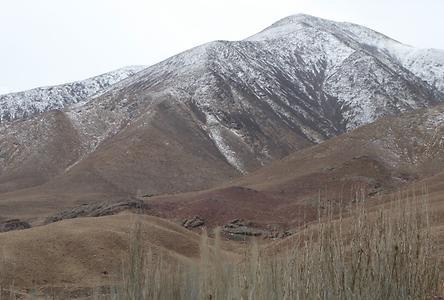
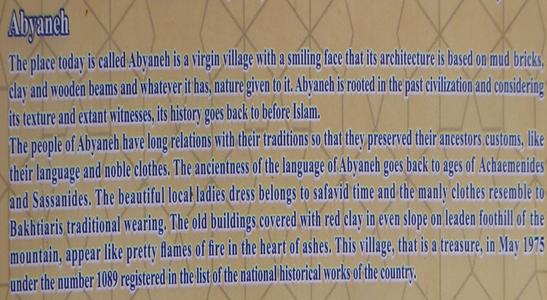


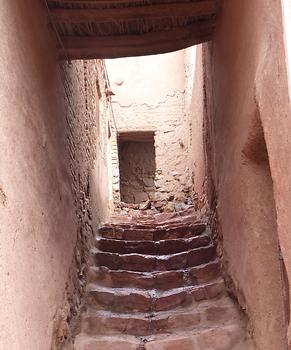
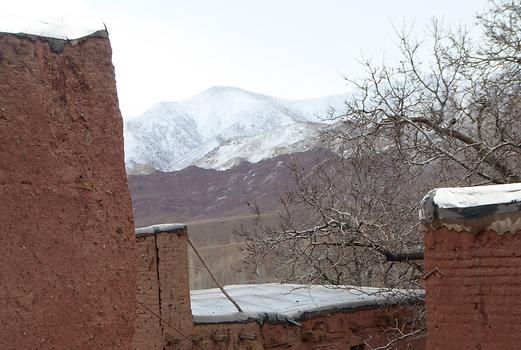
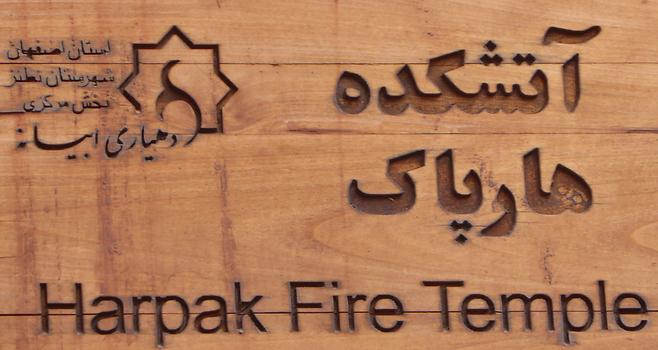
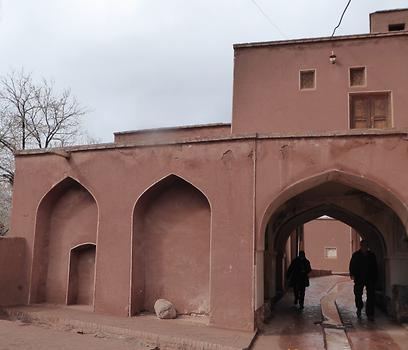

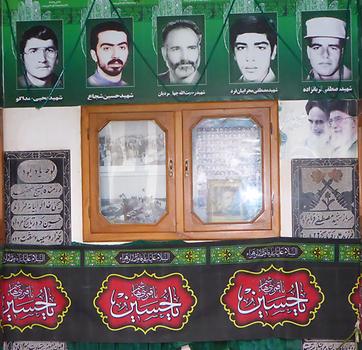
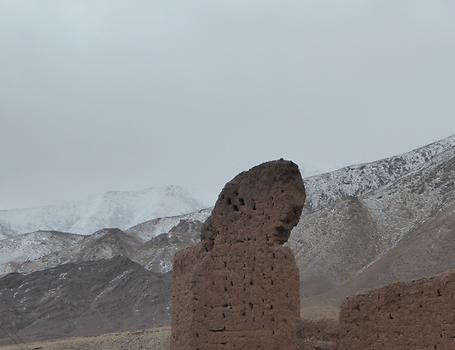
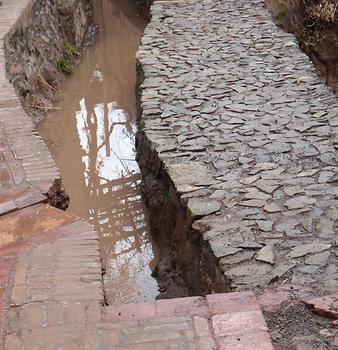
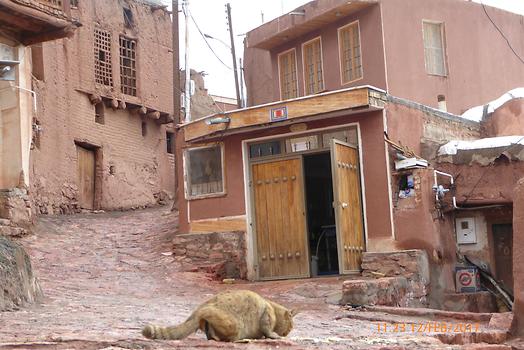
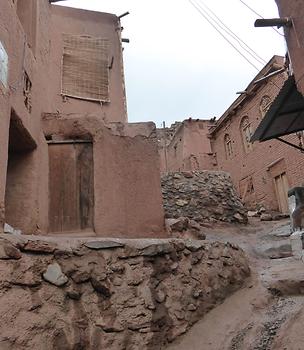



Qom (Ghom)#
Qom is considered holy by Shia Islam Sshiites that believe that the Islamic prophet Muhammad designated Ali ibn Abi Talib as his successor (Imam). Shia Islam contrasts with Sunni Islam, whose adherents believe that Muhammad did not appoint a successor. Instead they consider Abu Bakr through consensus to be the correct Caliph. Qom is the site of the shrine of the sister of Imam Ali ibn Musa Rida (Persian: Imam Reza, 789–816 AD).The city is the largest center for Shia scholarship in the world, and is a significant destination of pilgrimage. Since the revolution, the clerical population has risen from around 25,000 to more than 45,000 and the non-clerical population has more than tripled to about 700,000. Substantial sums of money in the form of Islamic taxes flow into Qom to the “Source of Initiation” that resides here. The number of seminary schools in Qom is now over fifty, and the number of research institutes and libraries somewhere near two hundred and fifty.
To get into Qom requires not just security checks, but various changes of public transport. The only way to avoid lots of time on this is to drive the car/bus into the city, expecting to pay a hefty fine for doing so. As non-Mulsim you can visit the general area but are unlikey to get acces to any of the significant mosques.
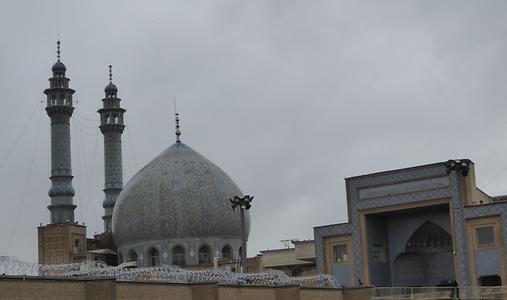
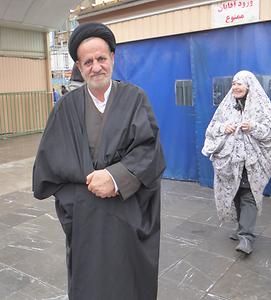
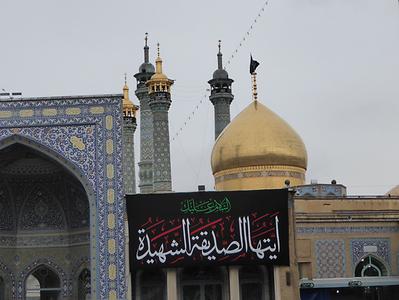
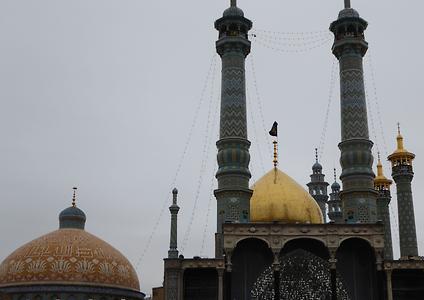
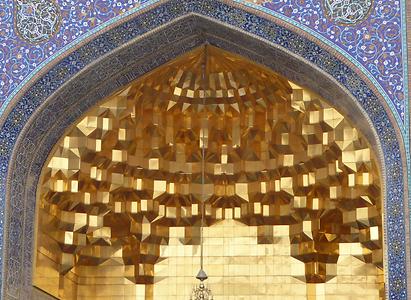

- Continue to Impressions of Iran, Part 5 (Tehran)
- Back to Impressions of Iran, Part 1(Schiras an vicinity)
- Back to Impressions of Iran, Part 2(Yazd and Nain)
- Back to Impressions of Iran, Part 3 (Isfahan)